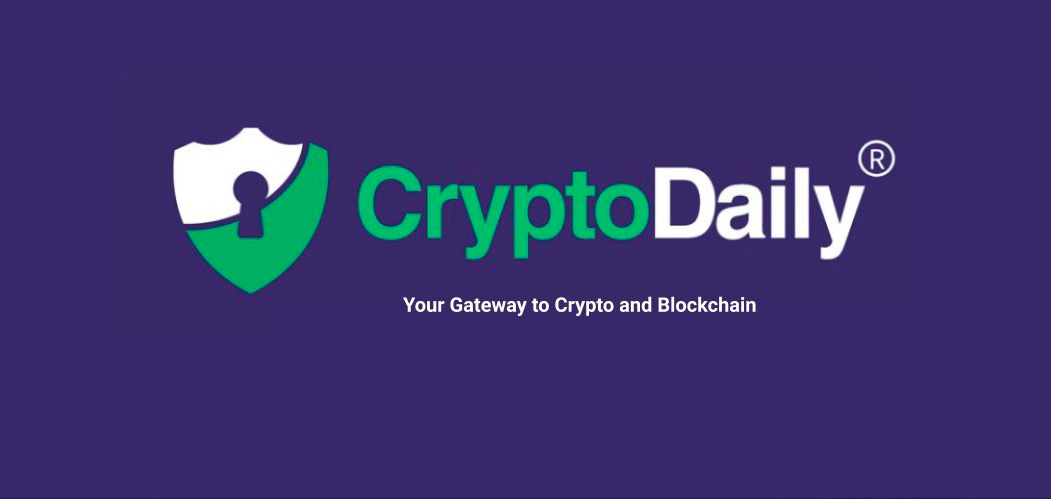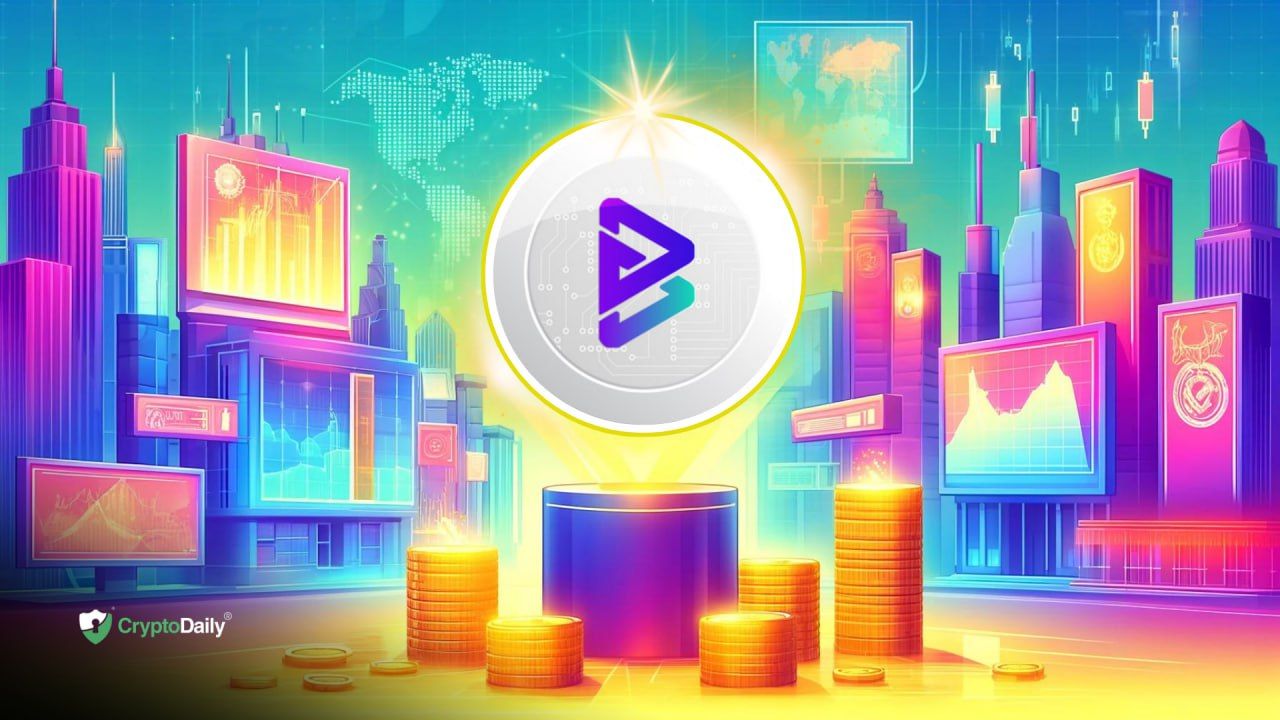2018 seems to be the year of the MainNet launch. It is as if many currencies are ready to move off, they are sick of living at home and want to make a new life form themselves, as far away from home as they can get, a bit like a disgruntled teenager, nice metaphor, right? To understand what a MainNet launch is and how it affects Ethereum, we need to track back a little bit. In order to run a MainNet as a new project, a cryptocurrency must be located within another network, generally we find this to be as a part of the Ethereum Blockchain. A MainNet launch tends to see the currency in question, produce its own native blockchain and move over to that (the MainNet), with it, will follow a token migration (usually away from Ethereum’s ERC-20 token). This this is a very generic overview, that sums up some of what a MainNet launch is about, however, each one is usually very different from the last. With the Ethereum Blockchain as the metaphorical home for these disgruntled currencies, we need to have a look at what impact big migrations may have on Ethereum, not just as a network, but in terms of competition. Let’s face it, whilst an altcoin exists on the Ethereum Blockchain, it can’t exist as a direct competitor to Ethereum, once the currency moves away, it can generate enough momentum to challenge Ethereum’s presence on the market. Some such currencies, that are either mid-MainNet launch or about to launch their own MainNet include; TRON, EOS, Zilliqa, VeChain, Cardano, Oyster Pearls, Ontology and Aeternity. According to Ethereum World News:
“The 8 MainNets will give Ethereum competition in terms of being alternative platforms for developers who want to create decentralized apps due to the better qualities they possess as compared to ETH. For example, the Tron MainNet has several outlined advantages including using Java programming language that is user friendly and can be used for scaling the platform. The same applies to the Zilliqa platform that uses Scilla and sharding.”
Moreover:
“In terms of transactions per second, Ethereum can only handle 25 tps compared to Tron’s 2,000 tps. In recent demonstrations of sharding on the Zilliqa platfrom, 6 shards could accomplish 2,828 tps. This means, no more instances of network clogging on the ETH platform. The numbers do not lie, and Ethereum will have a hard time retaining the crown of King of Smart Contracts and ICOs. With respect to the latter, we should also remind ourselves that the Stellar (XLM) blockchain has perfected ICO related projects.”
See more from Ethereum World News, here- https://ethereumworldnews.com/why-ethereum-eth-has-a-tough-road-ahead-with-several-mainnet-platforms-going-live/ Okay, so realistically, the sheer size of Ethereum means it can shake off competition pretty easily, overall though we could see some pretty significant changes in the way currencies sit on the markets once all of the above roll out and fully integrate their MainNets. Overall, competition is healthy and any change that is encouraged from this can only be seen as a good thing, but, as it stands, going forward, Ethereum could face a number of challenges that thus far, it doesn’t seem to be prepared for.
Investment Disclaimer







